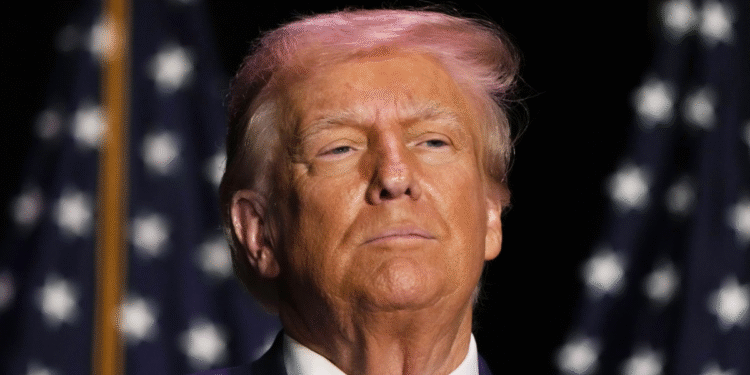U.S. government is now pushing a new proposal to set the national minimum salary for teachers at $50,252 per year. This move aims to tackle the growing problem of underpaid teachers, improve retention, and ensure a higher quality of education for students in public schools.
Currently, teacher salaries vary widely between states. Some educators are earning less than $40,000 per year—amounts that are not in line with the rising cost of living. But if this new federal baseline is approved and adopted, no full-time teacher in the country would be paid less than $50,252 annually.
Let’s break down what this proposal means, who qualifies, and how it could affect the education system moving forward.
Why This Change Is Being Proposed
This Article Includes
The new salary benchmark comes after increasing pressure from teacher unions, educators, and lawmakers who argue that teaching is one of the most important professions in the country—but is often one of the lowest paid.
A 2024 report from the National Education Association (NEA) showed that the average starting salary for teachers was around $42,800, but in many states, new teachers earn even less. Some school districts pay beginning teachers below the poverty line, especially in rural and underserved urban areas.
By introducing a national minimum salary, the government wants to:
- Attract more young professionals into teaching
- Retain experienced educators
- Improve classroom learning standards by reducing teacher turnover
- Reduce dependence on second jobs or side incomes for teachers
Who Will Be Eligible for the $50,252 Minimum Salary?
If this proposed salary baseline becomes law, all full-time public school teachers in the U.S. would be eligible for a minimum salary of $50,252 per year. However, there are certain eligibility conditions that may apply:
- Must be a certified full-time teacher employed by a public school
- Contracted for a full school year (typically around 10 months of teaching)
- Not applicable to substitute teachers or part-time educators
- Private school teachers may not fall under this rule unless state laws mandate it
States and school districts that already pay more than this amount will not be affected. However, districts paying below the proposed baseline would have to increase teacher wages to meet the new minimum.
How Will States Pay for This?
One of the biggest questions is where the money will come from. The federal government has proposed a new funding package, which would support low-income and underfunded school districts to meet the new salary requirement. States may also have to rework their education budgets to adjust for the hike in teacher pay.
In some states, officials have already expressed support, while others are still reviewing how much it would cost and how it would impact other school services.
When Will This Happen?
As of now, the proposal is not yet finalized. It’s part of a broader education reform bill being discussed in Congress. If passed, implementation could begin as early as 2026, with gradual rollouts based on each state’s readiness.
Unions and advocacy groups are pushing hard for the bill to pass quickly, citing the urgent need for fair compensation in the profession.
What Experts and Teachers Are Saying
Teachers’ groups across the U.S. have welcomed the proposal, calling it a “long overdue” step toward respecting and valuing the role of educators.
Experts believe the pay hike would reduce burnout, help schools retain experienced staff, and even boost student performance in the long run.
However, critics argue that salary alone won’t fix everything. Many teachers also want smaller class sizes, better resources, and more support for mental health—things that must be addressed alongside pay.
Final Thoughts
Raising the minimum salary to $50,252 is a bold move, and it shows that lawmakers are starting to take the struggles of educators seriously. While it won’t solve every problem in the education sector, it’s a major step toward providing teachers the dignity and stability they deserve.






















